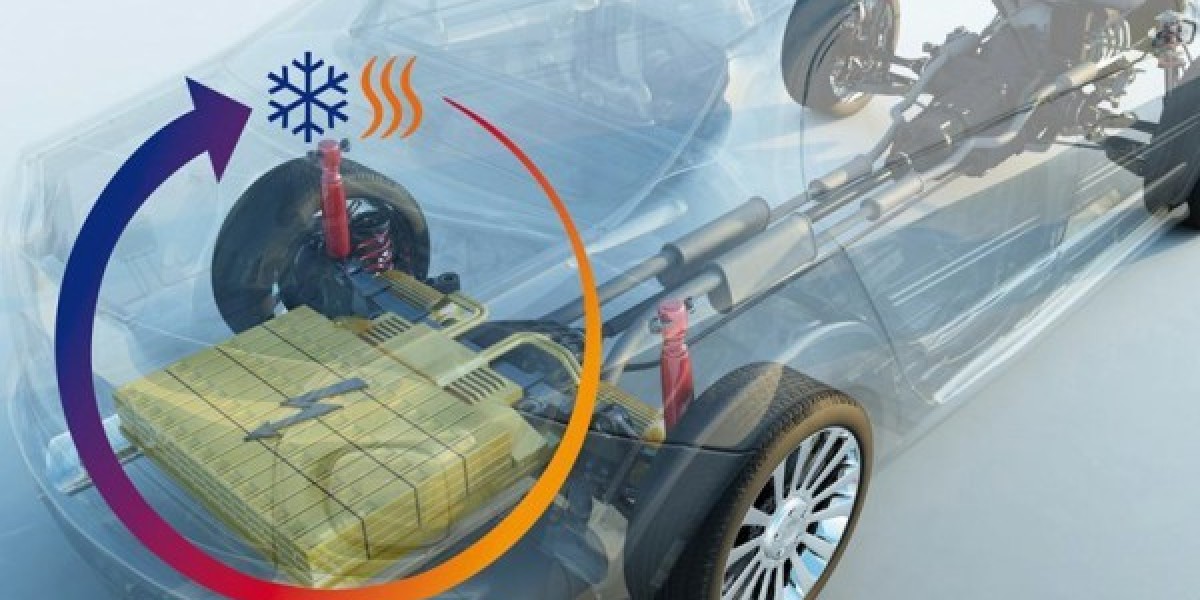Automotive thermal management refers to the various systems and components within a vehicle that work to regulate temperature. As vehicle designs have become increasingly complex with new technologies, thermal management has grown in importance to ensure reliable performance and prevent overheating. Some of the primary thermal management systems found in modern cars include the cooling system, air conditioning system, and the vehicle's electronics cooling solutions.
The Cooling System
The cooling system is responsible for maintaining optimal engine temperature by circulating a coolant liquid through internal passages. Typically using a 50/50 mix of ethylene glycol and water, coolant draws heat away from the engine block, cylinder head, and other hot components before passing through a radiator for heat rejection to the outside air. Coolant flow is driven by the water pump, which is belt-driven by the crankshaft. Thermostats precisely control coolant circulation to avoid wasting energy by cooling unnecessarily. Additional minor components like cooling fans, hoses, and reservoirs also play a role. Proper cooling is essential for minimizing wear and preventing overheating failure.
Air Conditioning and Cabin Climate Control
Passenger comfort is a major factor influencing the design of Automotive Thermal Management. Air conditioning systems work to dehumidify and cool the interior environment on hot days. Compressors, condensers, evaporators, expansion valves, and air distribution ducts all function together to transfer heat out of the cabin. Automatic climate control takes it a step further by regulating temperature and airflow based on sensors. Advanced systems now provide independent rear zone controls and functions like rain-sensing windshield wipers. Thermal efficiency is also improving through innovations like dual-zone and ventilated seat technologies.
Electronics Cooling Solutions
Modern vehicles contain an immense amount of vehicle electronics that all generate heat. Systems like engine control modules, infotainment displays, battery packs, and more require effective cooling strategies. Liquid cooling loops transfer heat away from sensitive components to centralized heat exchangers for air-side rejection. Thermal interface materials efficiently transfer heat between solid surfaces as well. Forced-air cooling directed by ducts and fans helps minimize temperatures. As electrification trends accelerate usage of high-powered devices like electric motors, innovative cooling techniques will continue advancing to support complex thermal needs. Proper electronics cooling ensures long-term reliability of advanced systems.
Engine Oil Cooling
While the main engine cooling system focuses on water jackets, additional cooling is needed for the engine oil. Oil circulates throughout the engine, taking on heat from components like the crankshaft, pistons, and bearings. To prevent oil breakdown at high operating temperatures, dedicated oil coolers are employed. Usually taking the form of a small heat exchanger mounted in the front of the vehicle, oil coolers blend oil with coolant to efficiently reject heat before the oil returns to vital engine components. This helps extend oil change intervals and protects critical engine parts during extreme conditions.
Get more insights on: - Automotive Thermal Management
For Enhanced Understanding, Dive into the Report in the Language that Connects with You:-










